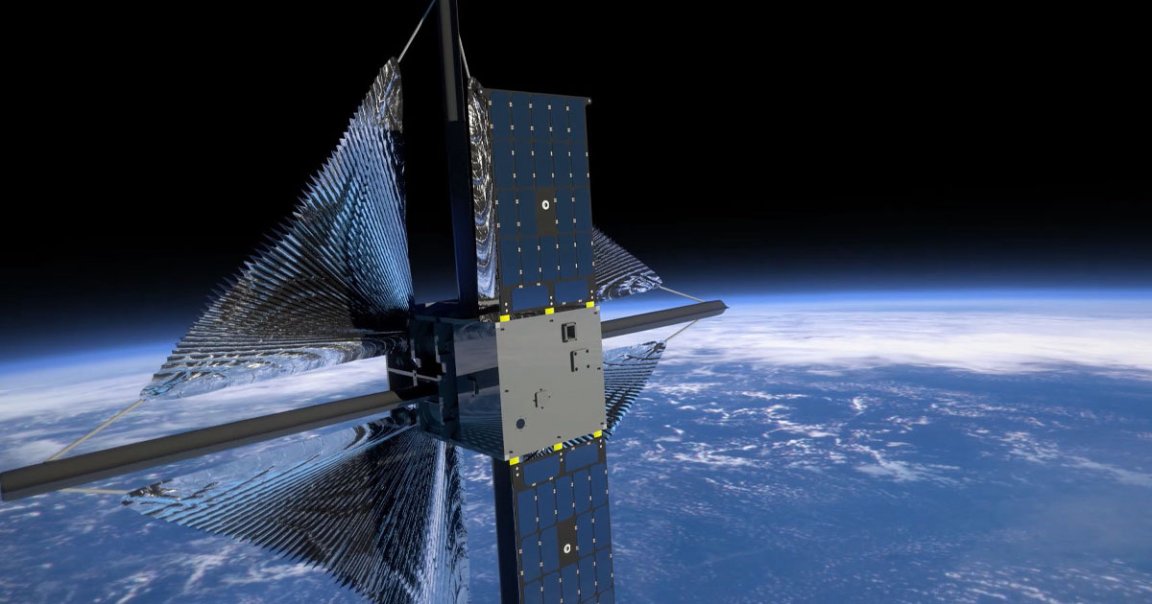
Come Sail Away
It sounds like something from a science fiction novel: a spacecraft with sails being propelled solely by the rays of the Sun.
This poetic image is set to become reality after NASA’s Advanced Composite Solar Sail System (ACS3) just made contact with operators back on Earth for the first time after its launch from New Zealand on April 23, according to the space agency.
After one or two months of prep in space, the microwave-sized craft will unfurl its 30-foot sail along four booms or arms made from carbon fiber and polymer.
Once unfurled, photons from the Sun will exert pressure on the sail, propelling the spacecraft forward, if all goes according to plan — a futuristic concept that could greatly reduce our dependence on bulky and expensive propulsion systems in space.
Photon Blast
The primary mission for ACS3 is to test the boom designs to see if they are feasible. If successful, the mission could pave the way for future spacecraft just like it.
“The Sun will continue burning for billions of years, so we have a limitless source of propulsion,” said the spacecraft’s lead systems engineer Alan Rhodes in a statement. “Instead of launching massive fuel tanks for future missions, we can launch larger sails that use ‘fuel’ already available.”
It’s not the first experiment of its kind. Japan launched a spacecraft called IKAROS in 2010, which was widely billed as the first spacecraft to be solely propelled by the Sun. It was shaped like a kite and had a 46-foot wide sail that enabled it to travel to Venus for six months.
In 21019, the Planetary Society’s LightSail 2 managed to adjust its own orbit by relying entirely on its solar sails.
NASA has yet to announce when it will unfurl ACS3’s sails, but we can’t wait to find out what the unusual satellite is capable of.
More on NASA: NASA Releases New Render of SpaceX’s Starship Landed on the Moon’s Surface